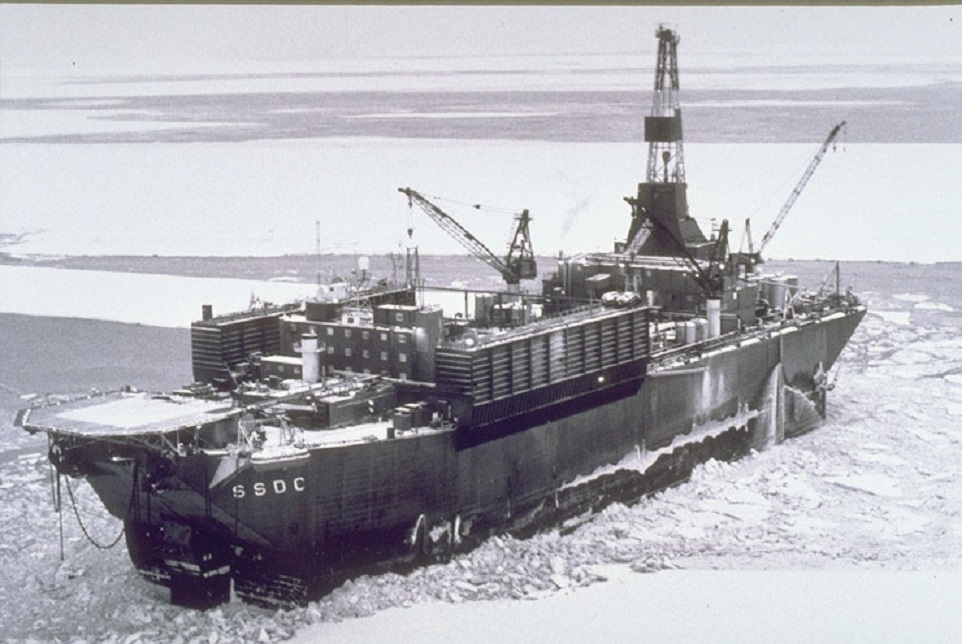
|
I was once accused of not being a very good teacher. Training a person to profile ice is technical to a point in regards to the equipment, but it is what to do with the equipment is the trick. Every profile is different and what was done on the last profile will not work on the next one. I didn’t run into to many folks in the “Ice Profile” business during my time, but the ones I did encounter all had differing ideas and processes. Some had no process at all. Some understood the technical side of GPR equipment but not how to apply it properly to the project. Most Ice Profilers left themselves exposed to the liability and risk. If some items or even worst a person goes through the ice you do not want to be the person responsible. Taking that responsibility is definitely the wrong path for an Ice Profiler. My basic school of thought was this; “I will tell you as accurately as I can; the thickness of the ice at an established location; with that information you (not me) can make the supreme decision as to what equipment you want to put on the ice”…. Based on this premise as an Ice profiler you get yourself technically fit and knowledgeable with the GPR unit (Ground Penetrating Radar) and then……. get to work. Little bit on GPR and profiling so I can tell this story properly. The kit consists of a DVL (Digital Video Logger), a cable, a Noggin, a GPS, a 12 volt battery power source and a toboggan. At the start the “profiling season”, we use snow machines, then snow-cats, then pick-up trucks in this order as the ice get thicker to support our mode of transportation. The DVL is the controller that handled all the necessary adjustments i.e.; calibration, recording data etc. The DVL is hooked to the cable connecting back to the “noggin in the boggan”. A hand held GPS was hooked up to the DVL to record our earthly position. The “noggin” is about the size of a football that is flat on the bottom; it rides in the boggan. It sends a cone shaped beam through the boggan into the ice and when it hits water it sends back a signal that is recorded as the depth. We always want to build ice roads on water and not on grounded ice. This is so we can grow ice…. because……. as everyone knows “grounded ice has no future”. Calibration of the noggin using the DVL is the key to getting good data. The Cable connecting the DVL and the Noggin cost $2400.00 and had these delicate little screws that connected the two. These fussy little connections were the weakest link and a major amount of duct tape is what saved the day. We wiped out many of Cables for lots of differing reasons and shuttered every time we had to call the boss for a new one and a spare. Guaranteed, we always get a supreme a blast of S**T. The DVL functions great in the pick-up trucks and snow cats as the DVL likes to be kept warm inside the cab. I also like warmth… (I seriously froze my ass out there)…. The “noggin in the boggan” was no problem as you can freeze that thing solid. The DVL had a black and white type screen and in the cold it would display nothing. You had to push the buttons in a blind sequence to get the tool set up for calibration and recording data. To keep the GPS going I would let it live inside my parka with the wires coming out my neck hole. Some snow machines had warm spots on the cowling and we would tape the GPS in the warmest location. You had to be creative to ice profile by snow machine. Working from snow-machines in the early season was a challenge due to cold and weather and it was always a comfort to move into the Snow-Cats. |
| Profiling Page 1 | |
| Profiling Page 2 | |